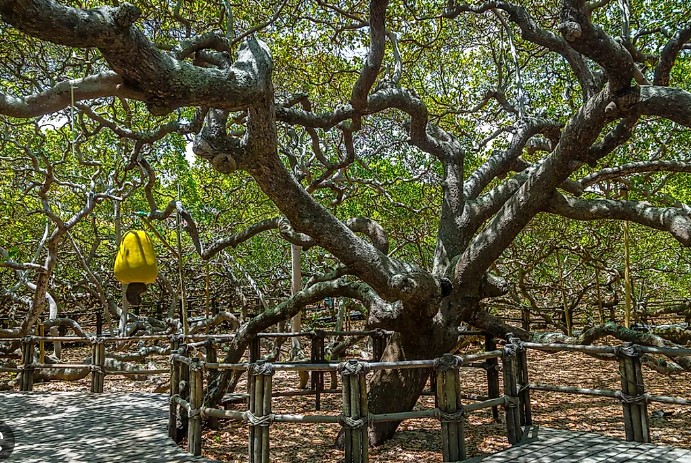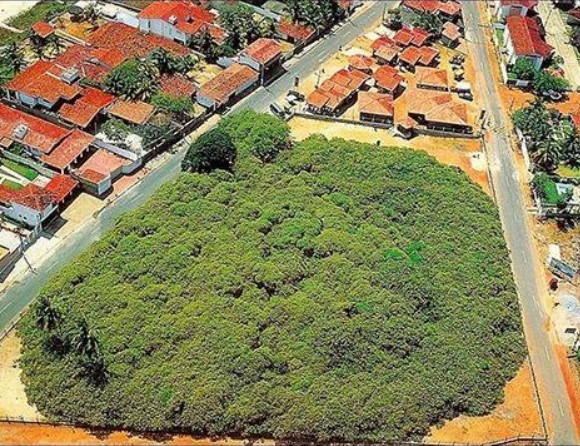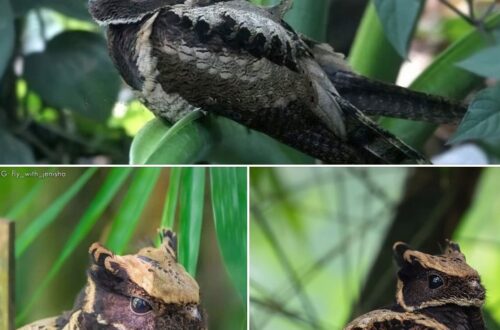The Cashew of Pirangi is the world’s largest cashew tree located in Rio Grande do Norte, Brazil. It covers an area between 7,300 and 8,400 square m. Having the size of 70 normally sized cashew trees, it has a circumference of 500 m .The spread over a hectare of land was, unlike other trees, created by the tree’s outward growth. When bent towards the ground (because of their weight), the branches tend to take new roots where they touch the ground.
The tree is said to have been planted in 1880’s. However, based on its growth nature, “the tree is estimated to be more than a thousand years old.”
The tree covers an area of about 7500 m2, with a perimeter of about 500m. cashew treeIt was planted in 1888, by Luiz Inácio de Oliveira, a fisherman; mr. Oliveira would die years later, aged 93, resting under the shadows of the tree.
The tree grew so much because of the combination of two genetic anomalies.
First, instead of growing upwards, the branches of the tree grow sideways; because of its weight, the branches eventually bend downwards, and touch the ground.
Then, the second anomaly takes place: instead of just keep growing resting on the floor, the branches create roots and start to grow up again, as if they were new stems; this causes the impression that there are several trees, when there is actually only one.
actually, there are two cashew trees in the park; one, cashew treewith the genetic alteration, covers 95% of the park; another one, planted by the same man a few years earlier, had a normal course. It looks like Nature wanted to provide a means of comparison.

Five branches split out off the stem; four branches carry the genetic anomaly, and created roots after touching ground. Only one of the branches had normal behaviour, and stopped growing after touching the ground; by irony, the locals dubbed this branch as “Minimum Wage”
It is estimated that, during the cropping season, the trees produce about 80 thousand cajus; visitors are free to pick the cashews, which are very rich in Vitamin C.
cashew treeAdmittance to the park is R$2; money is invested towards improving the structure of the parks. Bi-lingual guides (English and Spanish spoken) are available. Outside the park, there are several kioskes selling t-shirts, handcrafts, etc. Inside the park, there is an observation point, about 6 meters high, from where one can have the tree from above.





